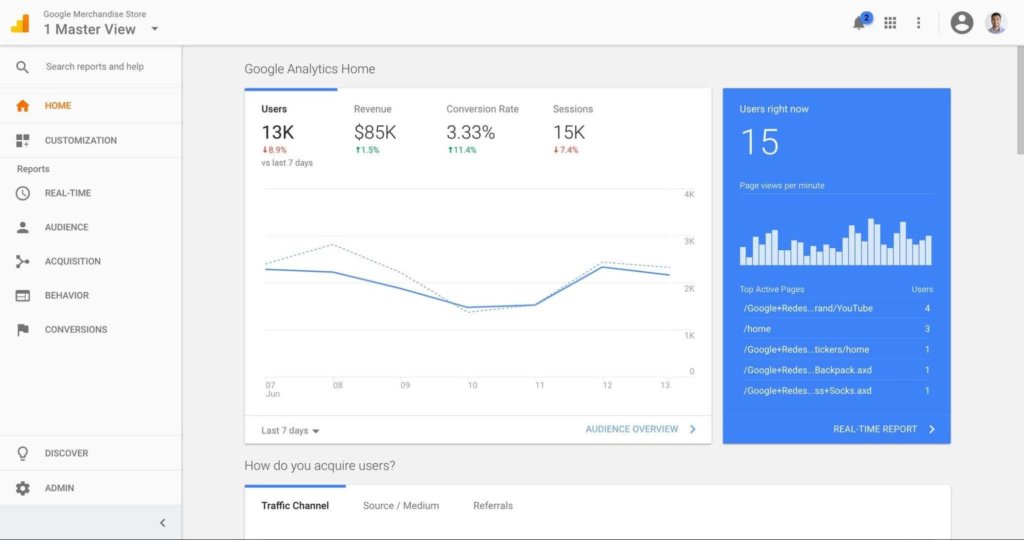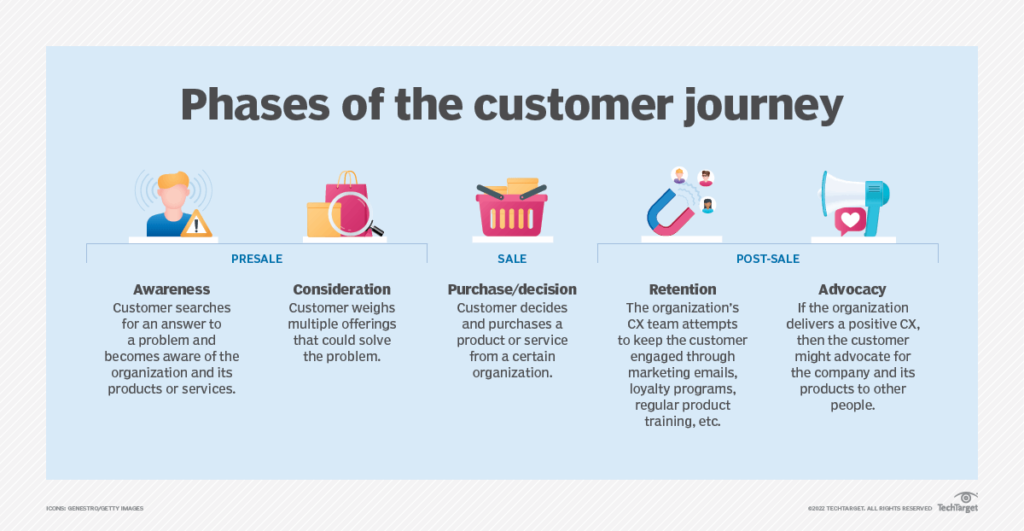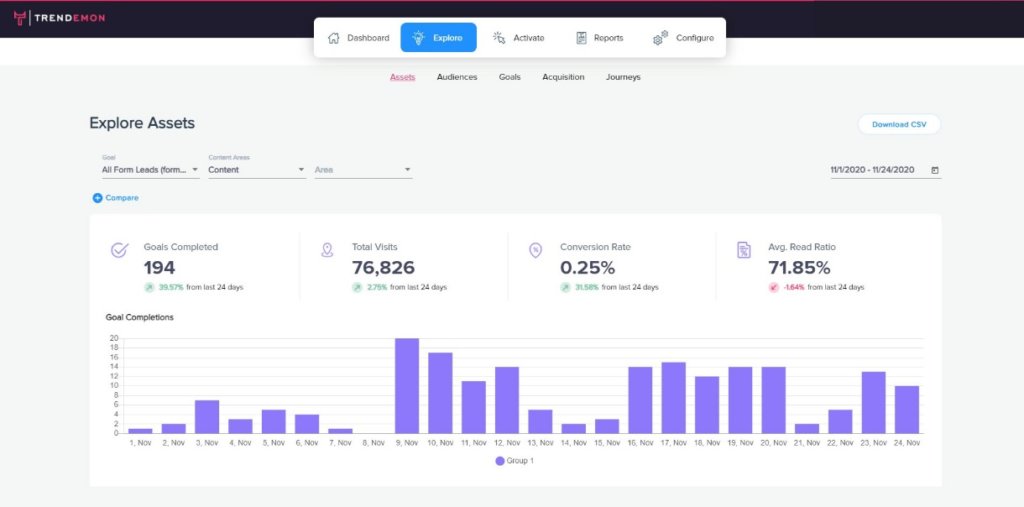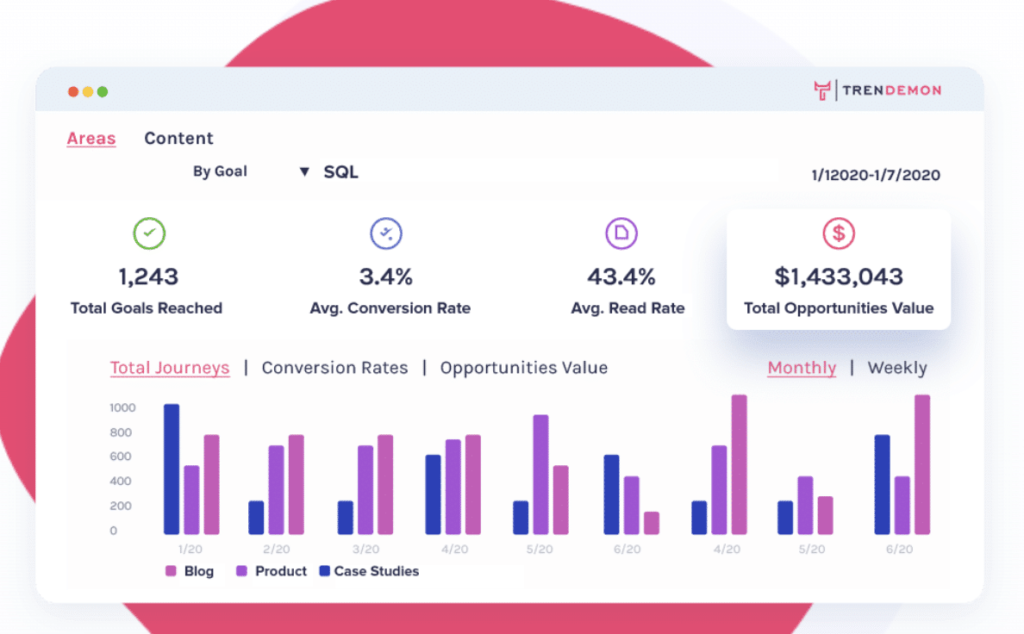10 Web Analytics Metrics You’re Not Looking At

Today, businesses have access to more data than ever before. The sophistication of online metrics, data tracking, and customer analytics has changed how businesses interact with their customers for the better. Tools like Google Analytics and Search Console help businesses understand how customers interact with the online world, enabling them to act and react differently based on data patterns.
72% of business leaders in the B2B space say that the universal push toward digital transformation has created more data reliance when making key business decisions. A significant 90% of businesses who use analytics deem their content marketing initiatives successful.
Many organizations have discovered the significance of determining what metrics are important, which ones offer value-added insights, and how to best handle the sheer volume of analytics metrics.
Using analytic tools to make the right decisions can lead to brand awareness, higher sales, increased engagement, and better customer retention and satisfaction. The crucial first step is understanding how to utilize metrics to improve your marketing strategy.
This post will take a deep dive into web analytics, why they are so important, and show you 10 of the most helpful web analytics you might not be looking at.
What is Web Analytics?
Web analytics is collecting, reporting, and analyzing data generated by users visiting and interacting with a website. Web analytics aims to measure user behavior, optimize a website’s UX and flow, and gain powerful insights to help meet business objectives like increasing conversions and sales.
When a person visits a website, their behavior can be tracked. Websites can keep a record of:
- How many visitors a site receives
- How long do visitors spend on that site
- Where are they coming from
- Which links do they click
- How soon do they leave
- The overall customer journey as they navigate through different pages
All these small behaviors add up to significant insights for businesses into marketing campaigns, content, cross-selling opportunities, customer loyalty, and potential customer profiles. This information can boost your organization when trying to resonate with potential customers.

Web analytics can come from your website (on-site) and other sites (off-site), tracking customer behavior before they even land on your site. Web analytics on-site can offer insights into what products customers are most interested in, which ad campaigns are most popular, which pages customers are clicking away from, and more. Off-site analytics help fill the customer profile, offering a window into what else they’re searching for, where they are searching from, and what their lifestyle might look like.
The ultimate goal of most B2B websites is turning web traffic into leads and converting leads into customers, but this action is only speculative without data. By using analytics tools, you can leverage website metrics to increase engagement.
Why We Need to Follow the Right Analytics
Web analytics are often sourced from third-party tools like Google Search Console and Google Analytics, which are used by 84% of all websites that track analytics. They can also come from your customer relationship management (CRM) tools.
Wherever they’re from, finding the right analytics specific to your marketing strategy can be challenging to navigate. Though some metrics like clicks and number of views are easy to source and monitor, they may not be giving you the sufficient level of insight you need to make business decisions.
Focusing on web analytics that will paint the picture of your customer’s journey, starting when they hop online right up until they make a decision, is crucial to understanding the needs and concerns of potential customers that influence their actions. Tracking first or last interaction touchpoints can help your marketing team plan a more accurate campaign strategy. Other metrics like average time on page can give tangible evidence about which pages and approaches resonate best with customers.

The available data offered by website analytics is integral to all marketing tactics. For your content and messaging to impact customers, you should understand how, when, and where they best absorb what your brand has to share.
Keys to Getting the Most from Web Analytics
To ensure that your website analytics are actionable and value-add, there are a few best practices to keep in mind.
First, get a clear understanding of your goals. You’re missing a critical puzzle piece if you don’t know why you’re tracking specific metrics or how they relate to your marketing goals. 74% of B2B marketers set goals, but only 3% consistently achieve those goals.
Once your goals are clear throughout all levels of your organization, configure your analytics tools to track a robust set of detailed, insightful, and varying metrics. The fuller your picture, the better your insights will be.
With your foundation in place, the fun begins. Comb through various analytics and decide on a combination that will give you an end-to-end look at customer behavior.
After choosing the analytics to focus on, track them diligently and regularly compare current data to historical data. Creating reporting dashboards that track data in real-time is usually the best approach to sustainable, actionable analytics.
Where Web Analytics Meets the Customer Journey
If executed properly, the right mix of web analytics metrics can help your brand understand every step of your customer’s journey. Knowing at which point a customer clicked ‘purchase’ or how often they viewed a product or service before buying can be the difference between closing a sale and missing out.

Using Trendemon’s website journey orchestration to deliver real-time insights means customer engagement can be heightened and tailored to each customer. Trendemon offers a personalized experience to every customer that visits your site. Having a clear understanding of individual behaviors seems far-fetched, but with the proper tracking and analytics software, it’s very achievable—and the pay-off is high ROI.
10 Web Analytics Metrics You’re Not Looking At
If you’re ready to upgrade from basic metrics and start utilizing ones that will revolutionize your marketing approach, look no further. Get ahead of the crowd with these ten vital metrics that many organizations are overlooking:
1. Article/Post Scoring
If you put significant time into a specific webpage or blog on your website, you will want to assess its reach and impact to decide whether it was a worthwhile investment. With individual article or post scoring, you can decide if using resources on similar posts is in the best interest of your time.
2. Average Time on Page
By measuring how long visitors spend on each page, you can better understand how engaging your content is. If there is abundant content on a page and visitors only stay for a few seconds, it likely means that nothing catches their eye enough to convince them to stick around. More extended visits show that your visitors are interested in your offerings and might be more likely to convert. Improve this metric by offering multiple media types and ensuring your page loads quickly.

6. New/Returning Visitors
A marketing campaign’s purpose is typically to attract new visitors, but you also want to ensure that previous visitors are satisfied enough to return to your site. If you find your ratio is off and you’re losing returning customers, it’s time to enhance your content and make your site more valuable, convincing these customers to not only return but to stay longer.
7. Previous Page Path
Previous page path is a metric that helps you understand what drives customers to one specific page. For instance, perhaps you have a contact page where people can ask questions or lodge complaints. In this case, it’s likely to be helpful to know what page visitors were on immediately prior, as it can offer a clue as to why they made a complaint or reached out with a question.
8. Exit Pages
Just as it’s helpful to know what brought a customer to your site in the first place, it’s also beneficial to understand where people are abandoning it. If the last page a customer visits is at a higher volume than others, those pages may be doing your business a disservice. With exit page metrics, you’ll be able to pinpoint which part of your site needs improvement. Or, if your exit pages are often ‘Thank you for your order’ or review pages, you’re probably doing something right.
9. Traffic Sources Attribution
Understanding how a customer got to your page is critical in mapping the customer journey. Did they search for a related phrase in a search engine? Was it through a paid advertisement? An email marketing blast? This metric can identify where your customers connect with your brand first and where to invest more resources.

10. Goal Completions
You can’t measure goal completions without first defining what those goals are. For instance, if you want customers to subscribe to your site or use a particular coupon code, you should measure exactly how often that happens. Having a few specific, measurable goals attached to your website strategy is a must; tracking them is critical.
Understanding Customer Behavior is Easier than Ever
Since over 70% of B2B buyers spend half their research time online, a strong digital presence is critical for most brands and industries. The best way to strengthen your digital approach is by understanding how potential and repeat customers react to your current site through website analytics and metrics. Thousands of web analytics metrics are available to businesses in the digital era, so finding the ones meaningful to your business and marketing strategies can be challenging.
Fortunately, there are excellent tools available that can make website analytics more valuable than ever. Trendemon’s full-stack approach will help you refine your content marketing and web strategies through actionable, insightful customer tracking and detailed metrics. It boosts conversions by finding the content that activates your customers and serves it to them at just the right time. Sign up for a live demo and get ready to take your business to a new level.